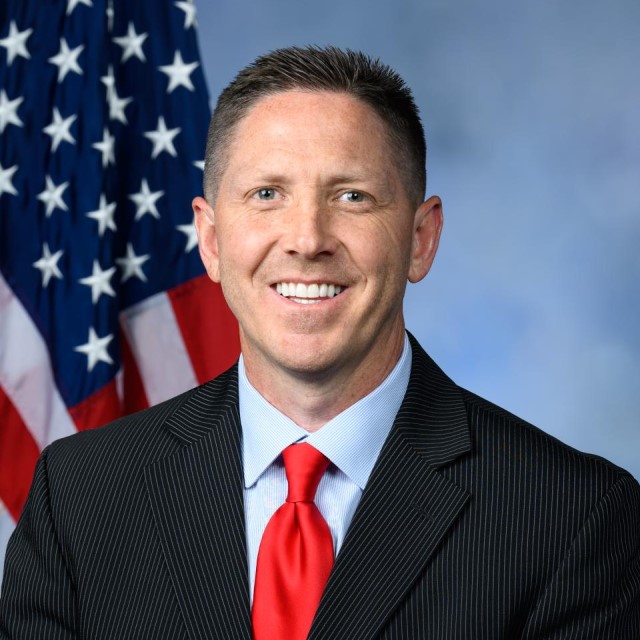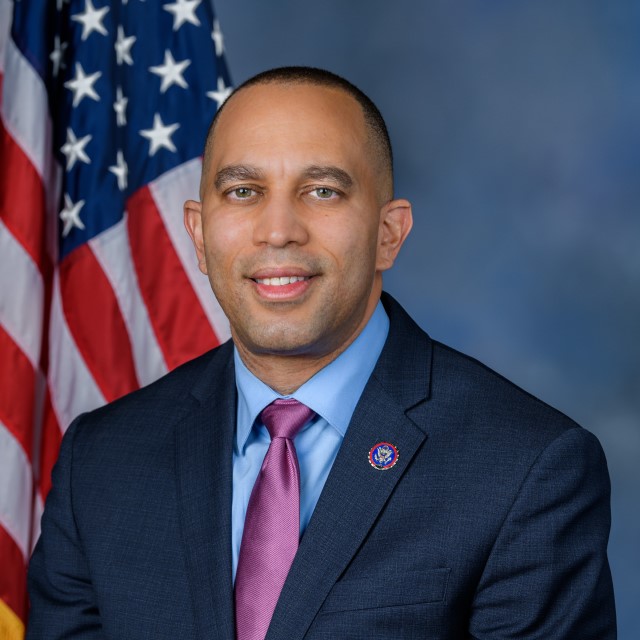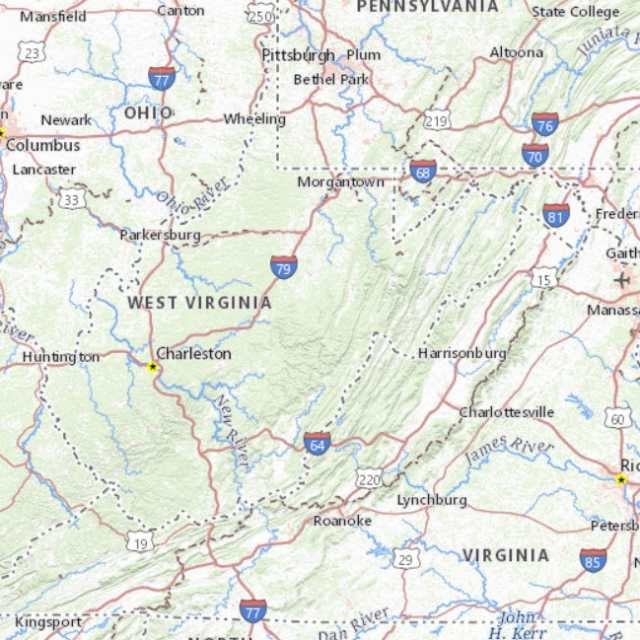Seven Republicans and five Democrats in the U.S. House have something in common: They represent many people ages 65 and 74 who already need — or are close to needing — long-term care services.
These lawmakers each serve more than 9,200 baby-boomer constituents who report having difficulty with independent living, according to a batch of 2021 data recently released by the U.S. Census Bureau’s American Community Survey team.
For a look at the 12 House districts with many “young old” people who need at least some care to get by, see the gallery.
What It Means
If you were telling boomers back around 2000 that they ought to plan for long-term care costs, you were right.
For people interested in public policy, the gallery may show one reason Republicans have worked with Democrats more smoothly on long-term care issues and other senior care issues than on many other issues: many Republican lawmakers have a high level of long-term care need in their districts.
The Backdrop
All of the 76 million people in the 65-74 age group in 2021 were baby boomers, born from 1946 through 1964. Demographers noticed the boom early on, because the number of U.S. births jumped to 3.3 million in 1946, and then rose to more than 3.5 million by 1950.
The percentage of people in the 65-74 age group who had independent living difficulty fell to 7.1% that year, from 7.4% in 2016, but, because so many boomers are aging into the 65-74 age group, the number of people in that age group with independent living difficulty increased 14% over that period, to 5.4 million.
The number of people ages 75 and older who reported independent living difficulty was higher, but it fell 1.9% between 2016 and 2021, to 10.6 million.
The Data
The Census Bureau’s American Community Survey polls about 3.5 million people. It can break data down by state, city, county or census tract as well as by House district.
The numbers in the independent living tables are for non-institutionalized civilian adults.
Use of census data to realign House districts caused some states to lose or gain seats between 2016 and today. To come up with our rankings, we used census data for the House districts that were in place in 2016, but, to show how the demographics might affect Congress, we list the House members now representing those districts, not necessarily the House members who were representing the districts in 2021.
(Image: Shutterstock)







 February 28, 2023 at 09:38 AM
February 28, 2023 at 09:38 AM
























 Slideshow
Slideshow


